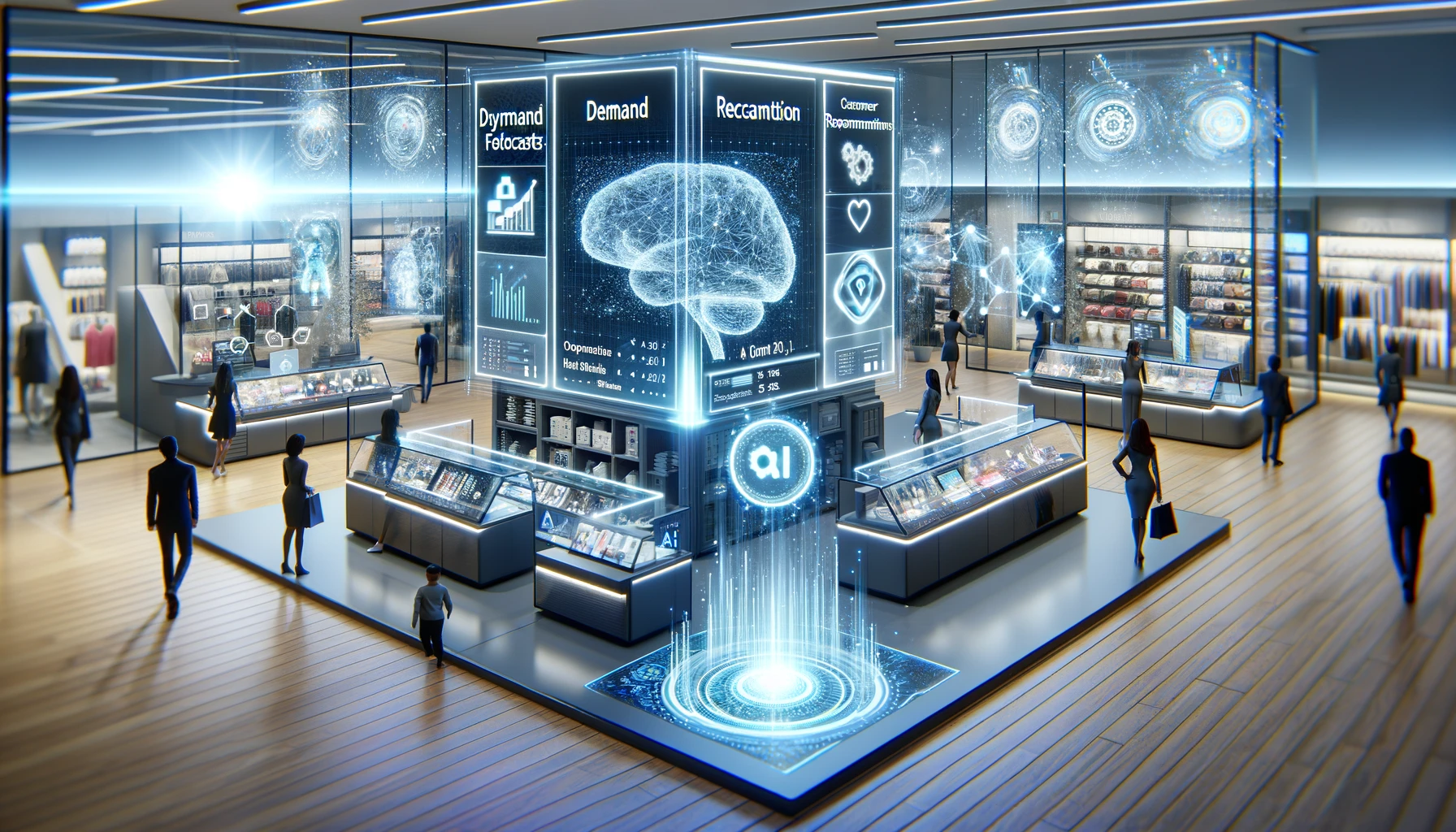In a move that could redefine the boundaries of artificial intelligence (AI) and copyright law, The New York Times has launched a groundbreaking lawsuit against tech giants Microsoft and OpenAI. Filed in the U.S. District Court, Southern District of New York, this case highlights the contentious intersection of advanced AI technologies, like GPT-4, and intellectual property rights. This lawsuit not only puts a spotlight on the legal challenges AI technology faces but also raises profound questions about the future of AI development and the protection of creative content.
Understanding the Lawsuit:
The New York Times alleges that Microsoft and OpenAI have committed copyright infringement in their development of language models like GPT-4. The crux of the lawsuit revolves around how these AI models are trained using vast amounts of data, which often include copyrighted works. The legal argument presented by The New York Times focuses on whether the use of copyrighted material in training AI infringes on the rights of the content creators.
Implications for AI Development:
This lawsuit could have far-reaching consequences for the AI industry. If the court rules in favor of The New York Times, it could set a precedent that restricts how AI models are developed. Developers might need to seek permissions for using copyrighted works, which could slow down AI advancements or increase the cost of AI development. On the other hand, a ruling in favor of Microsoft and OpenAI might lead to more freedom in AI training methodologies but could raise concerns about the protection of intellectual property.
Impact on Copyright Laws:
The outcome of this lawsuit could lead to significant changes in copyright law. Current copyright laws were not designed with AI in mind, and this case could force lawmakers to rethink and possibly revise these laws to better fit the digital and AI age. It might lead to new legislation that specifically addresses the use of copyrighted content in AI development, balancing the interests of AI innovators and content creators.
Ethical Considerations and AI:
Beyond legalities, this case brings to light the ethical implications of AI technology. As AI continues to advance, it becomes crucial to consider the ethical boundaries of using human-created content. The lawsuit raises questions about the moral responsibility of AI developers in respecting the rights of content creators and the potential consequences of AI on creative industries.
The Future of AI and Creative Works:
The intersection of AI and creative works is a domain filled with both opportunities and challenges. While AI has the potential to revolutionize content creation, it also poses risks to the rights and livelihoods of creators. The outcome of this lawsuit could significantly influence how AI is used in creative fields and might lead to new collaborative models between AI developers and content creators.
Conclusion:
The New York Times vs. Microsoft and OpenAI lawsuit marks a critical juncture in the evolution of AI technology and copyright law. Its outcome will have profound implications on the future of AI development, the protection of creative works, and the legal framework governing these areas. As we await the court’s decision, it is imperative to engage in discussions about the ethical and legal considerations of AI and to work towards solutions that respect both innovation and intellectual property rights. This case is not just about a legal dispute; it’s about shaping the future of AI and the creative world.
Disclaimer: Please note that the contents of this blog post are intended for informational and discussion purposes only and should not be construed as legal advice or analysis. I am not a lawyer, and this post does not represent professional legal opinion. The views expressed here are solely my own interpretations and thoughts on the subject matter. For any legal advice or detailed understanding of the law, it is recommended to consult with a qualified legal professional. The views and opinions expressed on this blog post by me are solely my own and do not necessarily reflect those of my employer or any other organization, party, or individual. My comments and statements are made in a personal capacity and should not be interpreted as representing the official stance or policies of my employer or any other organization, party, or individual.





